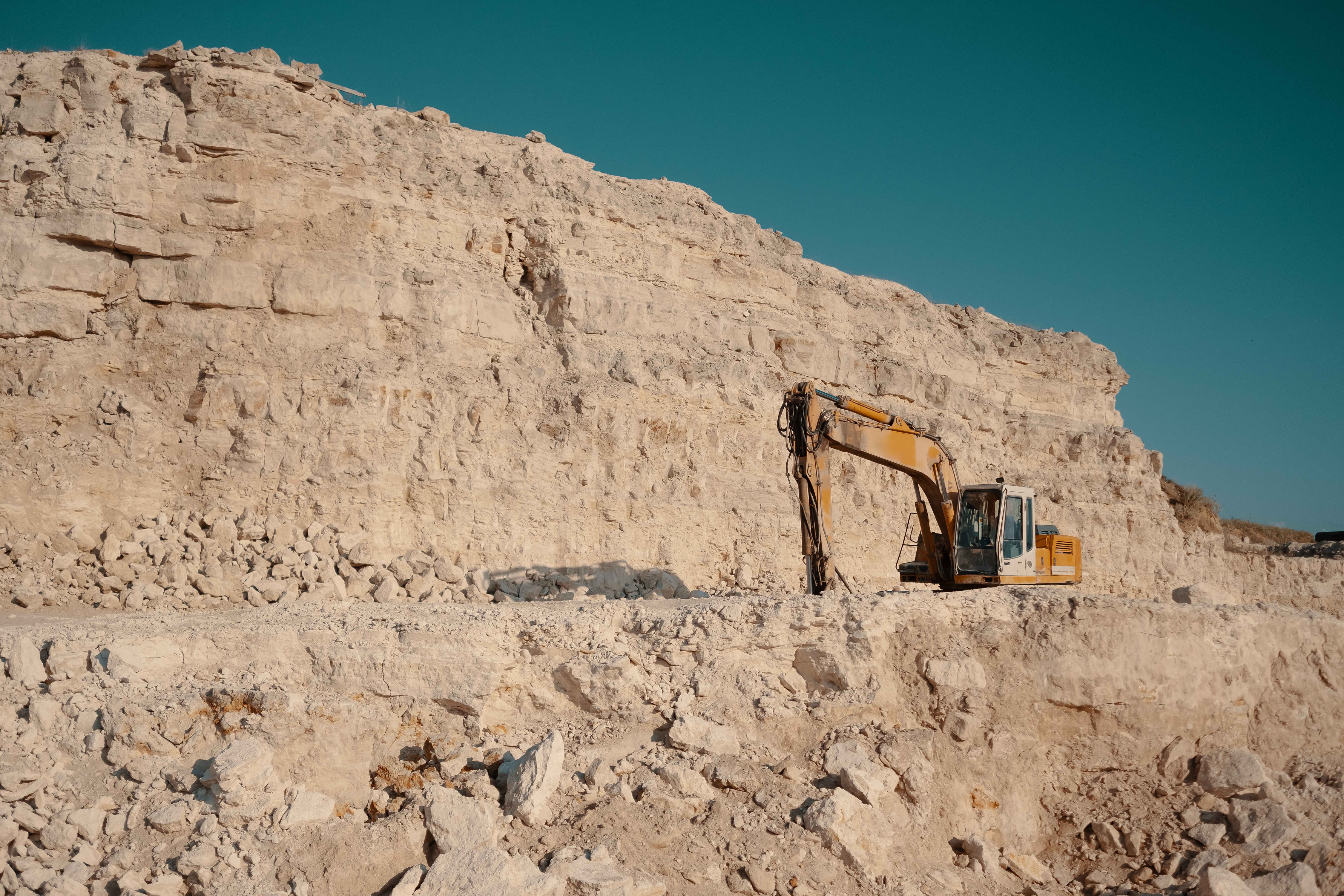Keywords: mini excavator skid steer attachment, mini excavator trencher attachment
mini excavator skid steer attachment
mini excavator trencher attachment
Operating machinery on smooth, straight and stable terrain is not as common as you may think. Work and construction sites are full of holes, hills, dirt piles and steep edges. Because of this, it is common to operate equipment such as an excavator on a slope.
Why Does Slope Matter for Operating an Excavator?
There are two main reasons that slope matters when operating an excavator. The first is the center of gravity. As the machine turns sideways, the center of gravity shifts. The steeper the slope, the higher the chance of tipping. Tipping a large excavator down a hill can be extremely dangerous.
The second is lubrication. As the engine turns and shifts on a slope, lubrication, oil and fuel all shift within the machine. Different excavators have different holding containers for lubrication. If they tilt too far, it could impact the engine’s ability to use the liquids. This can cause engine failure or damage.
Here are some safety tips and tricks for operating an excavator on an incline or slope.
1) Use the Right Machine
When operating a machine on a slope, or when operating a machine in general, always make sure you are using the correct machine. For excavator operation, a long reach excavator may work well for slopes and angled digging. This way, the actual machine can remain on stable ground while the extra long digging arm maneuvers the hill. If you don’t have one you can always rent a long reach excavator for a short period of time. Other specialty machines such as spider excavators can help the machine reach odd spaces and work over unique terrain.

Image borrowed from EngCon
2) Follow the 70% Rule
An excavator should not be operated on a slope of over 70%. 70% slope grade is a term used instead of angles or gradient. 70% slope is equal to a 35-degree angle.
How to Find the Slope of a Hill
A surveyor on a construction site should be able to help the operator determine the slope or grade of a hill. By using the elevation at the top and bottom of the hill, the surveyor can find the rise of the hill. If the hill is steep enough to make you question it, take the time to find someone with site plans or who can measure the slope to ensure that you and the machine are safe to operate.
3) Examine the Condition of the Hill
Rain, melting snow, ice, mud and loose rocks can impact the integrity of the hill. Even if the machine is well below the 70% rule, unstable terrain could cause a large machine such as an excavator to slip or shift under its own weight. Overturns can be dangerous with such large equipment.
If the weather has been bad or if the slope does not look secure, consider waiting a day or two for conditions to improve. If loose debris is causing the danger, consider clearing the space to make it safe for operation.

Image borrowed from ArthurHidden.
4) Be Aware of Equipment Positioning
When driving up a slope, the front attachment should be kept out and low to the ground to keep a lower center of gravity. The excavator boom can be used in your favor to maintain proper weight balance and distribution. It is easier to balance the weight of an excavator driving up a slope versus driving sideways across it.
5) If You Aren’t Comfortable, Don’t Operate
At the end of the day, operating an excavator on a slope is a skill acquired with experience, expertise and knowledge. If you aren’t comfortable, always feel like you can say “no” to the job. Ask for help or to get further instructions before trying something new on a whim. A 20 ton excavator isn’t just a class. 20 tons is the weight of three elephants, a loaded coach bus, and a whale shark. You would not think lightly of three elephants or a whale shark falling on top of you so don’t do the same when it comes to potentially tipping an excavator.
Safe Operation of an Excavator on a Slope
Operating on slopes can sometimes be necessary. However, all jobs should be taken seriously and done safely. By being aware of the terrain, following the 70% rule, watching the equipment poisoning and using the right machine can help make operating on a slope safe. However, if you ever aren’t safe, you should not operate. That way, everyone gets home safe and sound at the end of the day.